Hiking Mt. Elbert: The Tallest 14er in Colorado
Colorado is quiet, serene, and beautiful—and it has endless adventure in every season. From hiking Mt. Elbert and the Maroon Bells to skiing and fun activities like hot spring hopping, mountain biking, ghost town wandering, bird watching, skinny dipping, sand dune rolling, craft beer tasting, boutique shopping, and nature sipping, what’s not to love about Colorado?
Colorado is also home to 58 fourteeners (14ers), or 14,000-foot mountains. No wonder it’s the premier state in the U.S. for avid hikers, climbers, and mountaineers to test their limits, endurance, and backcountry skills! Surprisingly, more than 300,000 people attempt to hike 14ers every year, making it a popular challenge for many locals and visitors to the Golden State.
The tallest of these 14ers? Mt. Elbert, standing at an impressive 14,440 feet tall. Mt. Elbert is not only the tallest mountain in Colorado, but also the second-tallest mountain in the lower 48 states. Only Mt. Whitney in California is higher. I knew I had to take on this challenge during my last trip to Colorado—I wanted to summit the tallest 14er in Colorado!
For those looking to check off hiking a 14er, Mt. Elbert is a great option. As one of the most accessible 14ers, Mt. Elbert often takes the prize for being the easiest of the 14ers. Now, don’t get me wrong—climbing any 14er is not easy! Don’t get confused about the difficulty of this climb. It is not easy by any means. With 4,700′ of elevation gain, this mountain has some serious gains and can be treacherous at best in most seasons.
Still, if Mt. Elbert is on your hiking bucket list, here are a few tips for making a successful climb. I’m including all the tips I wish I’d had before I set out: when to hike, what to bring, and what to expect on Colorado’s highest peak.
If you’re looking for a challenge in Colorado’s beautifully secluded wilderness, Mount Elbert should be your choice. Before I share about my experience, I want to let you know that I may place affiliate links in this post. If you click on any to make a purchase, you help me earn a small commission at no cost to you. Now, let’s talk about this 14’er!
Getting to Mt. Elbert
If you’re planning on hiking Mt. Elbert, head to Leadville. Drive in during the morning or stay and spend the night—it’s up to you! There are places to camp, stay, and eat within and around the Leadville area. You’ll approach Mt. Elbert from the North Trailhead in summer, or if you’re going when it’s snowy like me, you’ll use either the East or Southeast Trailheads.
Copy and paste these addresses into your GPS to get to Mt. Elbert from the right trailhead, depending on the season you visit during:
- Summer: North Trailhead (it’s only open in summer): North Mount Elbert Trail, Leadville, CO 80461, United States
- Winter/snowy season: South and East trailheads (when there’s snow on the ground): South Mount Elbert Trail, Twin Lakes, CO 81251, United States
Find more details on each of the trails below with AllTrails:
- Summer: North Mt. Elbert Trail
- Winter: Mt. Elbert East Ridge Trail
- Winter alternate: Mt. Elbert Southeast Ridge Trail
What to Know About Hiking Mt. Elbert
- Train and condition yourself before attempting
- Average trail length is 12 miles
- Choose from 3 main routes
- Elevation gain ranges from 4,100’—4,700′
- Time for round-trip hike ranges from 8-10 hours
At 14,440′, Mt. Elbert is the second-tallest mountain in the Lower 48. That means you need to train and condition yourself for this hike before you attempt it! You can grab my general Training Guide for Backpackers and Hikers here, but I also have a 12-Weeks Hiker’s Training Guide designed to get you ready to summit any mountain.
There are three main routes you can use to summit Mt. Elbert, all of which gain over 4,100 feet of elevation.
1. North Elbert Trail (Main Route)
The standard North route ascends the peak from the east, starting from the Colorado Trail just north of Twin Lakes at the dirt parking lot. The 4.6-mile long North (Main) Elbert Trail begins close to the Elbert Creek Campground and gains about 4,500 feet (1,400 m). The trail is open to equestrians, mountain bikers, and hunters during the season.
2. South and East Elbert Trails (Winter Route)
An easier but longer route, the South Elbert Trail, is 5.5 miles long, climbing 4,600 feet but at a less-punishing gradient than the North Elbert Trail. This trail approaches from the south and then climbs the eastern ridge. This is the only trail you should hike in the winter months or when snow is present. The South and East Mt. Elbert trails both start at the dirt parking lot at the address listed above.
Most will want to park here and either hike through the forest on the Continental Divide Trail or walk up the dirt road, which takes you to the main trailhead. For those with 4WD and high clearance, you can skip the first two miles or so of the trail by driving down the dirt road.
3. Black Cloud Trail (Most Difficult Route)
The most difficult of the main routes is the Black Cloud Trail, a Class 2 climb that takes 10-14 hours, depending on your pace. This route gains a punishing 5,300 feet in elevation and also involves an ascent of the sub-peak, South Elbert, at 14,134 feet. Even healthy and experienced climbers report great difficulty on this route, and despite the fact that there is a trail, the route is extremely steep, unstable, and rocky in places.
While strenuous and requiring great physical fitness, none of the routes up Mt. Elbert require technical skills. However, those attempting winter ascents will want to think about bringing skis or snowshoes for deep-packed snow. Many hikers will get altitude sickness, a common side effect of hiking at elevation.
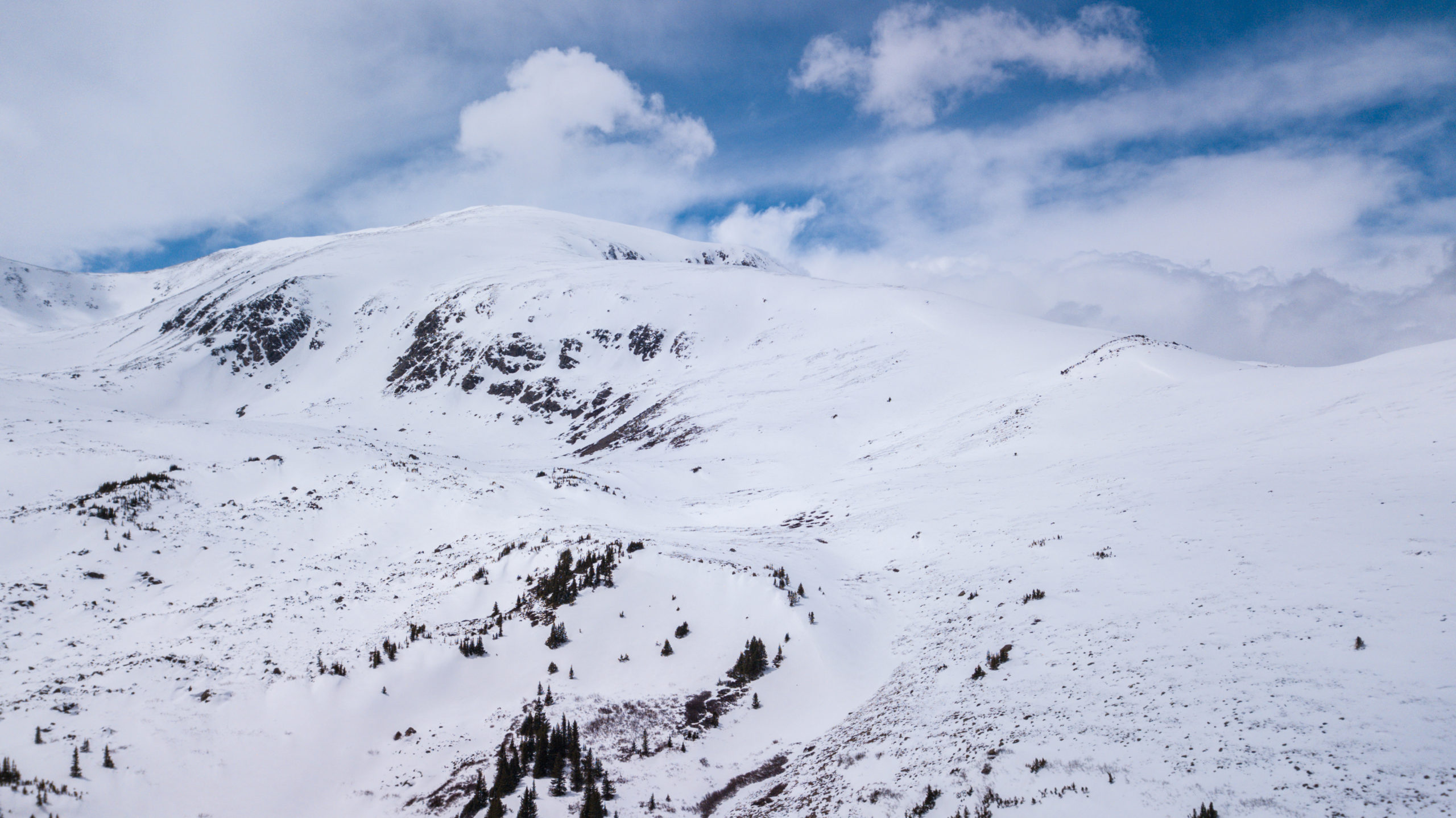
What to Pack When Hiking Mt. Elbert
Make sure you’re well-prepared by packing all the items you will need to successfully reach the summit! After my hike up Mt. Elbert in the snow, I’ve built a list of all the things I brought and a few I wish I had.
- 2-3 liters of water
- Layers
- Nutrient-dense, lightweight snacks
- Trekking poles
- First aid kit
- Your 10 hiking essentials
- Hat and sun protection
- Sunglasses—I love Knockaround custom-designed glasses
- Physical or downloaded offline map and/or GPS device
- Camera
Take packing layers seriously! Even in summer, you’ll want a rain jacket or wind breaker. Layers also help you prepare for temperature differences of 20-30 degrees at such a high elevation during any season.
Preparing to Hike Mt. Elbert
Even the fittest people should prepare for Elbert by hiking a few mountains at lower elevations in Colorado first. The Rockies are packed with peaks to choose from, and depending on how long you spend in Colorado, you could check off quite a few.
Two of my favorites to train on are Teocalli Mountain and Gothic Mountain near Crested Butte, Colorado. Check out my videos and articles on what to expect from these climbs.
If you can’t commit to hiking any other mountains in Colorado beforehand, you will want to spend at least one night at an elevation of 10,000 feet or more before you start your climb. Leadville is a great place to camp or stay in a hotel and is close to the trailhead. You could also stay in Breckenridge, Frisco, or Copper.
Always remember to check the weather before and during your hike as weather conditions often change rapidly. Afternoon thunderstorms are common in the summertime and hailstorms and snow are possible year-round. Thunder and lightning on the mountain can be extremely dangerous when on the exposed ridgelines.
Note: It is very important to acclimate before attempting any hiking in Colorado, especially if you are a flatlander. Everyone is different but in general, for those living closer to sea level, it will take you 2-3 nights and sometimes up to a week to properly adjust to the altitude. Some people get altitude sickness at as low as 6,000 feet. Drink lots of water, eat well and get lots of sleep to help with the process.
For more tips on getting in shape for the trail, you can check out my Hikers Training Guide and my 10 Hiking Essentials posts.
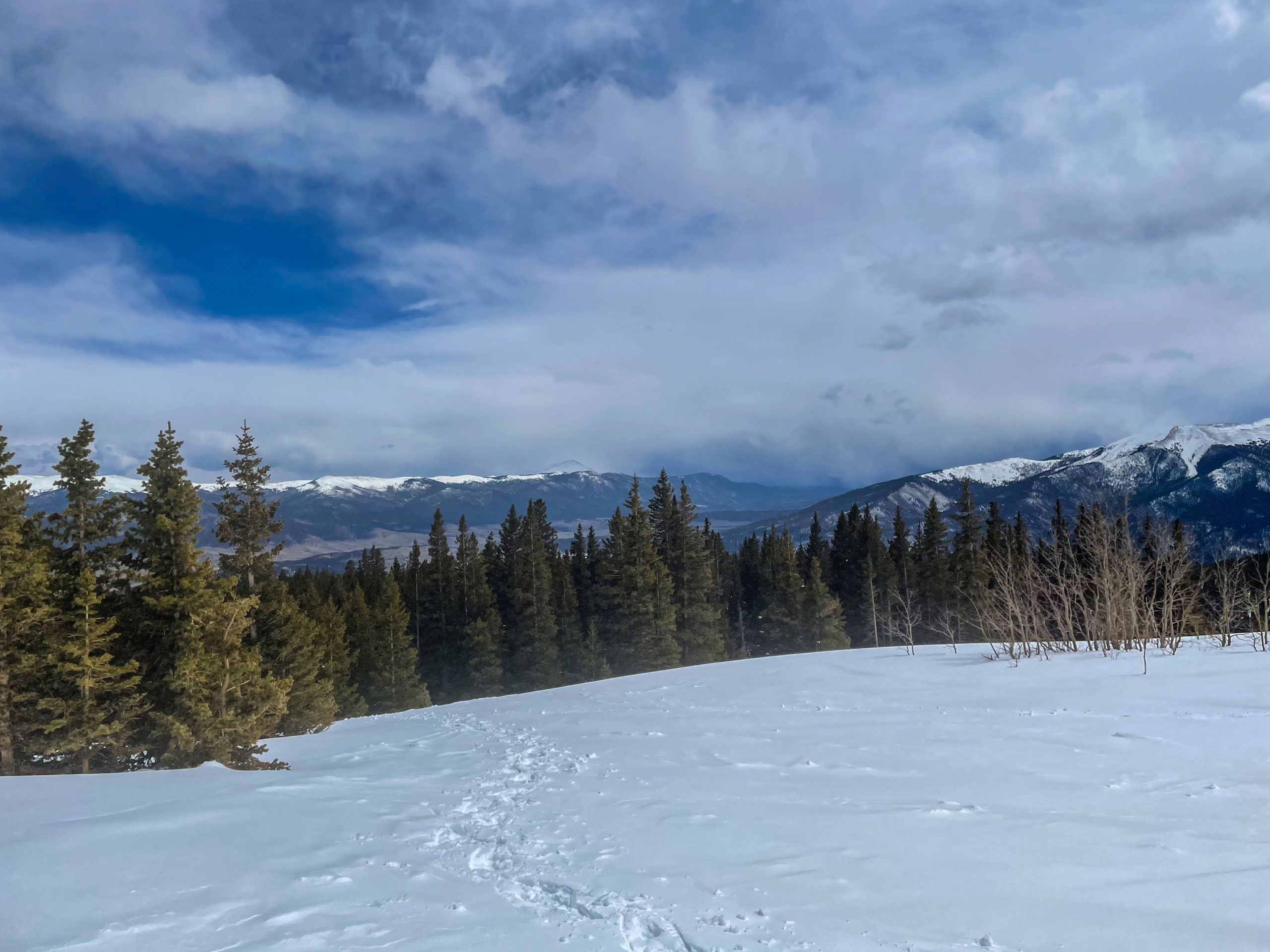
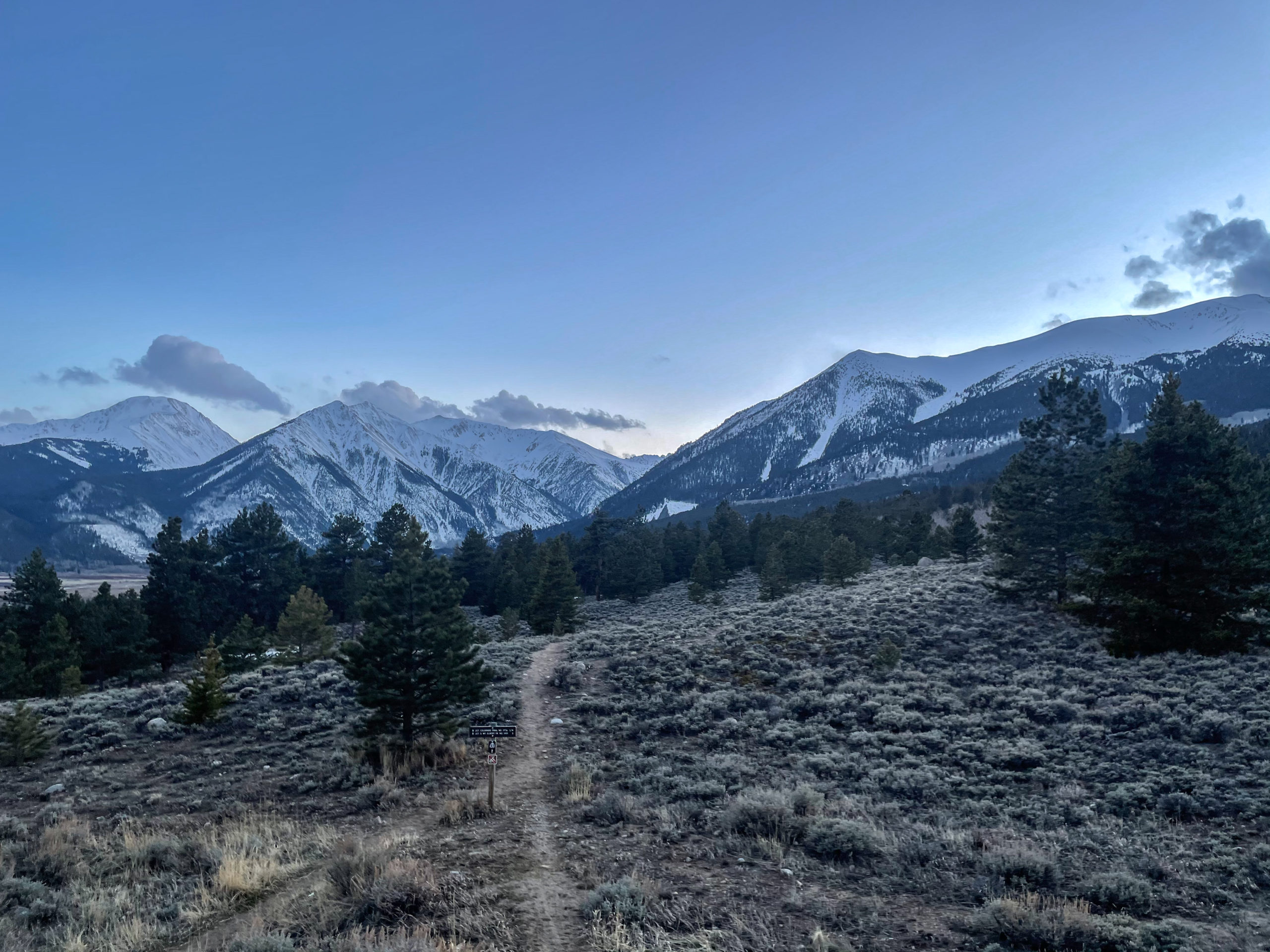
About Mt. Elbert
Mt. Elbert was named for Samuel Elbert, who served as the territorial governor of Colorado from 1873—1874 and as a Colorado Supreme Court justice for many years. He was well known for brokering a treaty in September 1873 with the Ute tribe that opened up more than 3,000,000 acres of reservation land to mining and the railroad. This treaty is what lead to the great mining and railroad developments that ushered in a new age for Colorado.
Please respect the history of the original protectors of Colorado and remember to keep this land pristine.
Mt. Elbert is located next to another well-hiked Colorado mountain, Mt. Massive. In the 1970s, there was a movement to make Mt. Massive (the northern neighbor of Mt. Elbert) the tallest mountain in the state. I know what you’re thinking—how could you make another mountain taller and why would you want to? Well, a group of hikers and Colorado mountain lovers apparently embarked on a campaign to tack rocks on the top of Mt Massive in hopes of making it another 13 feet taller. The group eventually gave up and the record still stands with Mt. Elbert…until another group of weirdos decides to try again.
SHARE OR SAVE THIS POST


You Might Also Like:
Best Spring Hikes for Wildflowers Around the U.S.
Best Spring Hikes for Wildflowers in the U.S. Spring is a great time to get outdoors and enjoy the fresh air, wander through wildflowers and sit by gushing waterfalls, full of life after winter snow, but sometimes it's hard to know where to start. If you're looking...
Rattlesnake Arches: Best Hike in Western Colorado’s McInnis Canyon
Rattlesnake Arches Trail: The Best Hike in Western Colorado Colorado is full of some of America's most beautiful hiking and sightseeing. While most people will head into the mountains, Western Colorado offers some stunning options for hikers and bikers wanting to...
Colorado’s Best Spring Hikes for Wildflowers
Colorado's Best Spring Hikes for Wildflowers When the snow starts to melt, the flowers begin to bloom, and there is no other state in the nation that can compare to Colorado when it comes to variety of color-washed landscapes. From sandstone arches and Native American...



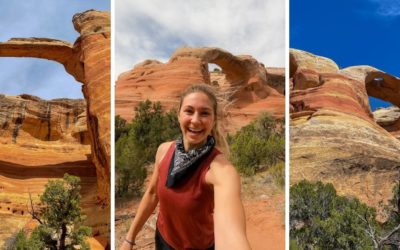

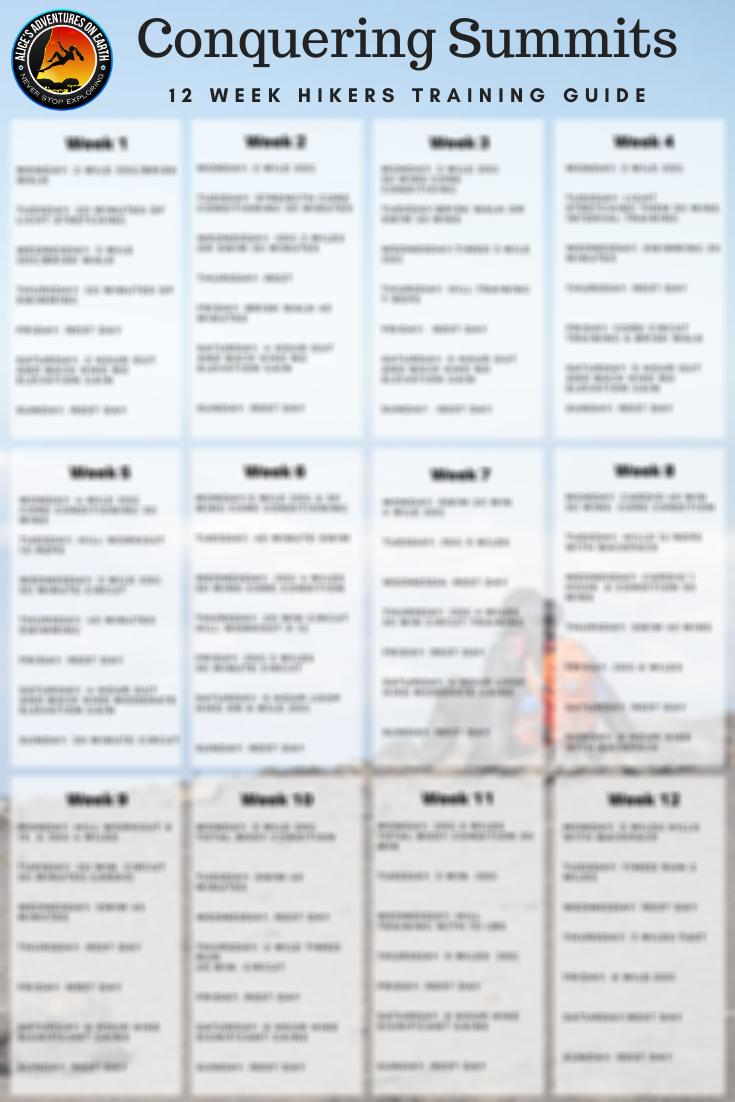


I would be very intimidated to climb a mountain called Massive, so think you made a good choice. I have only ever climbed a New England mountain- around 5,000-feet. Is there a way to climb this mountain taking two days? Our highest mountain, Mt. Washington, has cabins about a third of the way up where you can spend a night.
I believe you can camp on this mountain as long as you have a permit, its all backcountry though. Summer is certainly a better time to climb it. Mt Washington is a great mountain.
This hike sounds beautiful and very extreme. I think I would only attempt this in the summer.
I was very happy to read about your hiking Mount Elbert from the safety of my living room. I must admit that hiking the 14’ers may no longer be on my travel plans. But what an adventure that must have been.
My hat goes off to you for accomplishing these types of hikes. I’m not fit enough or game enough, but I think the views as you’re climbing would be spectacular.
Well the great thing about fitness is that it can always be improved. the views are certainly worth the struggle.
I have spent quite a bit of time in Colorado and hiking a 14’er has long been on my bucket list, but I just haven’t done it yet! I’m never in the state quite long enough to adjust to the altitude well enough to take that on. But it’s good to know that Mt. Elbert does require any technical skills! Definitely sounds like a good 14’er to start one. One day I will make it happen!!